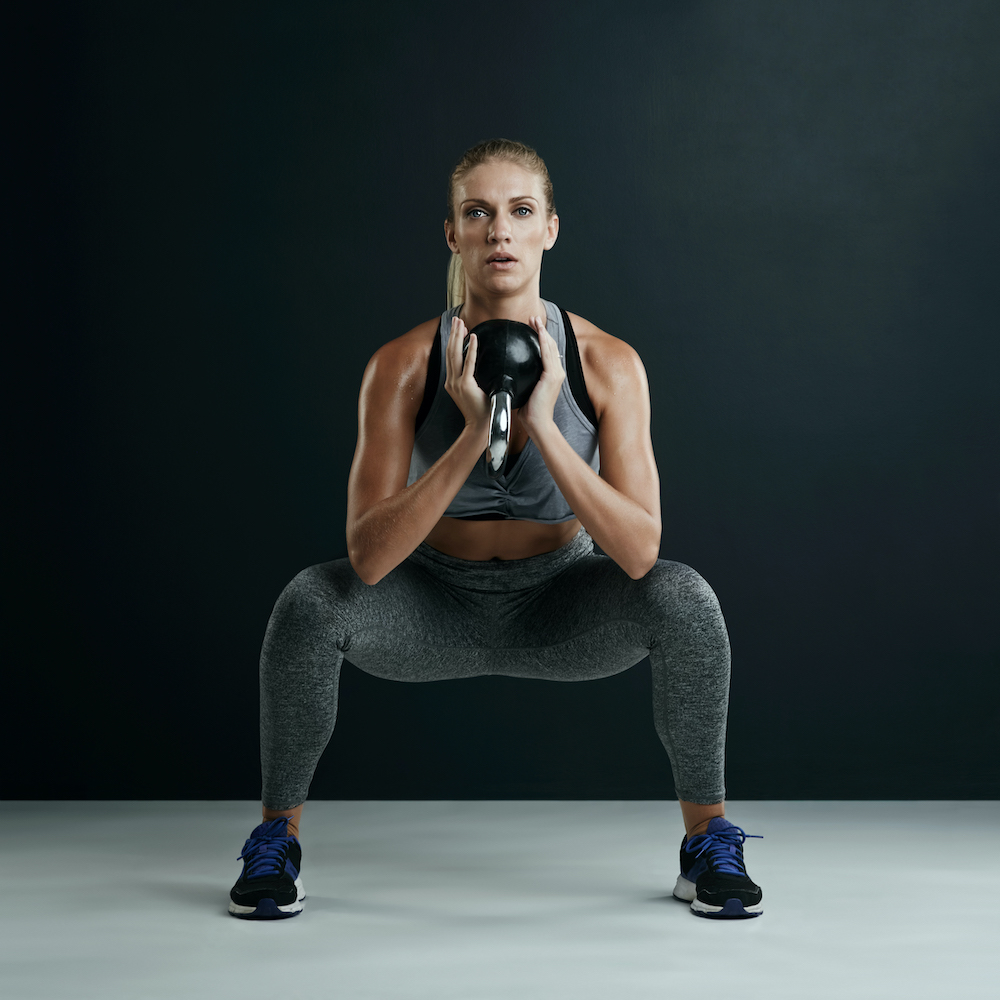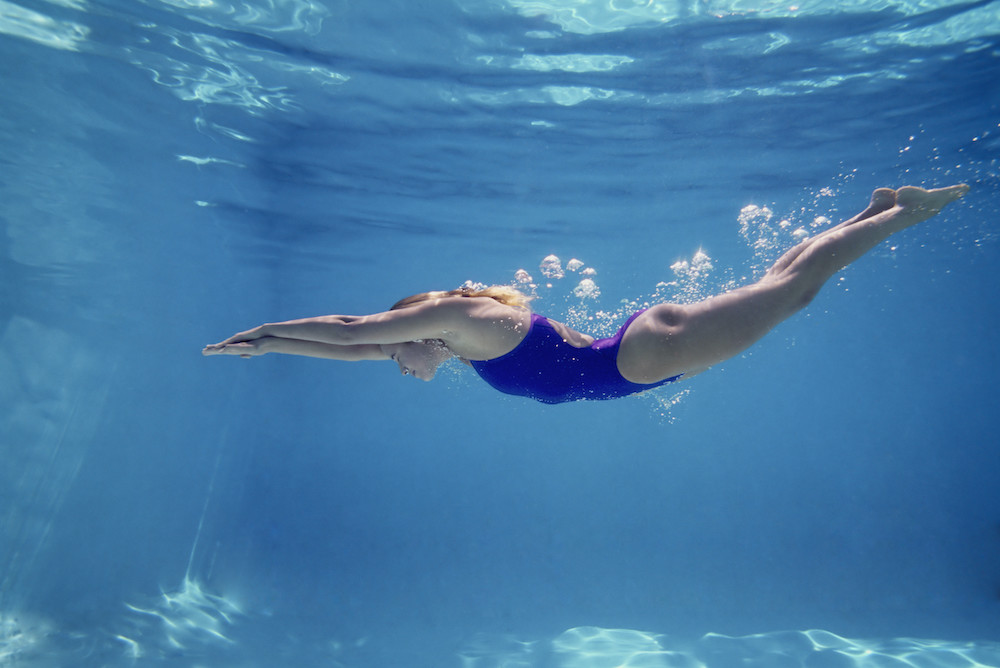Just like your body, your mind needs regular exercise to stay in shape. Read on for the workouts that boost brain function.
Words: Eve Boggenpoel
‘Neurogenesis – the growth of new neurons – happens less in the adult brain than in toddlers’, but it does happen in the memory centres of the brain,’ explains neuroscientist Dr Tara Swart (taraswart.com). ‘And doing certain types of exercise can allow us to grow new neurons.’
It may even be possible to tailor your exercise to the brain-boosting results you’re looking for, according to a review of studies published in European Review of Aging and Physical Activity. ‘The authors highlight that resistance training may be beneficial for the ability to switch between different tasks, whereas aerobic exercise is suggested to enhance cognitive processes involved in maintaining concentration on a singular task,’ explains Kim Plaza, nutritional advisor to health supplement specialist Bio-kult.
One of the reasons exercise is beneficial is because it increases oxygenation to the brain. Aerobic exercise increases the size of the hippocampus (a brain structure involved in verbal learning and memory), while HIIT has been shown to delay cognitive decline by up to a decade.
‘It’s impossible to overstate how significant the impact of exercise is on our mind,’ says Dr Brendon Stubbs, exercise and mental health researcher at London’s King’s College. ‘It’s absolutely vital that people regularly move their body to experience cognitive benefits.’
Ready to give it a go? Here’s our pick of ways to nurture your noggin…
HIIT IT
‘After four months of HIIT, researchers noticed improvements in memory, planning and decision-making,’ says Dean Hodgkin, head of programming at TV.FIT (truconnect.fit). ‘Most of the moves in the Functional Strength Training (FST)* workout below require coordination that activates the cerebellum, enhancing cognitive flexibility and processing speed.’
Try this:
Perform each move for 30 seconds. Rest for one minute and repeat three more times.
• From a low squat, lower then raise alternate knees to the floor
• Half Turkish get-up: onto one knee with one hand reaching upwards
• Single-arm burpees: alternate arms, jump or walk feet out
• Reverse plank: alternate leg lifts, full plank or bridge
• Power skate side to side
• Press-up to side plank: alternate sides, on feet or knees
• Lateral shuffles side to side
• Press-up to renegade row: on feet or knees
RUN SMART
While a three- to four-month running programme will increase the volume of the hippocampus, even a quick run session will help – brain imaging studies show rapid electrical activity in the hippocampus after just 10 minutes of gentle jogging.
Try this:
PT and coach Luke Goulden (lukegoulden.com) suggests this ladder run session to get your brain in gear. Remember to warm up and cool down either side of the workout.
• 3 x 50m sprints with 60 seconds of walking to recover
• 3 x 100m sprints with 90 seconds of walking to recover
• 3 x 200m sprints with 180 seconds of walking to recover

WORTH THE WEIGHT
Resistance workouts show positive brain benefits with three 30- to 40-minute sessions a week. Different loads have different effects, but to boost brain-processing speed, choose a moderate load, around 70 per cent of your 10RM (the maximum weight you can lift for 10 reps).
Try this:
We asked Phoebe Schecter, Britain’s first female National Football League coach and fitness expert for sports nutrition company Bio-Synergy, for her brain-boosting weights workout.
Front squat: 5 x 6 reps at 75 per cent. ‘I love front squats – they engage your core and promote good form.’
Split squat: 4 x 8 reps each side at 65 per cent. ‘Unilateral exercises are great to build agility, balance and improved performance, too.’
Kneeling shoulder press: 4 x 8 reps each side at 65 per cent. ‘Aim to keep your core tight and hips square.’
Bent-over row: 4 x 10 reps at 65 per cent. ‘I like an underhand grip on a barbell, but am just as happy using kettlebells.’
DIVE IN
Just immersing yourself in water increases blood flow to the brain, but swimming, with its bilateral cross-patterning movements, adds even more cognitive benefits. Research shows it increases brain plasticity and promotes neural growth in the hippocampus region.
Try this:
Grow your brain with this 30-minute strength and stamina workout from Speedo, taking a short break after each rep.
Warm-up:
• 1 x 100m Front crawl
• 2 x 50m Back stroke
Main set:
Swim the first 50m a little faster than your warm-up. For the remainder of the reps, aim to swim the second half faster than the first half.
• 1 x 50m Front crawl
• 2 x 50m Breaststroke
• 1 x 50m Front crawl
• 2 x 50m Breaststroke
• 3 x 50m Front crawl
Cool-down:
• 1 x 100m Backstroke
• 1 x 100m Front crawl
GO WITH THE FLOW
Research from University of Waterloo reveals a 25-minute daily dose of hatha yoga can increase cognitive abilities linked to goal-directed behaviour. ‘The brain is like a dynamic connected power grid. With yoga practice, you can enhance its function, strength and agility,’ says Paula Mayura, founder of Mayura Yoga Studio and Training Academy
Try this:
Mayura’s 25-minute hatha sequence for brain health
• Skull-shining breath (10 rounds)
• Sun salutation (three rounds)
• Lord Siva’s dance pose (Satyananda version)
• Headstand or supported headstand
• Alternate nostril breathing (12 rounds)










